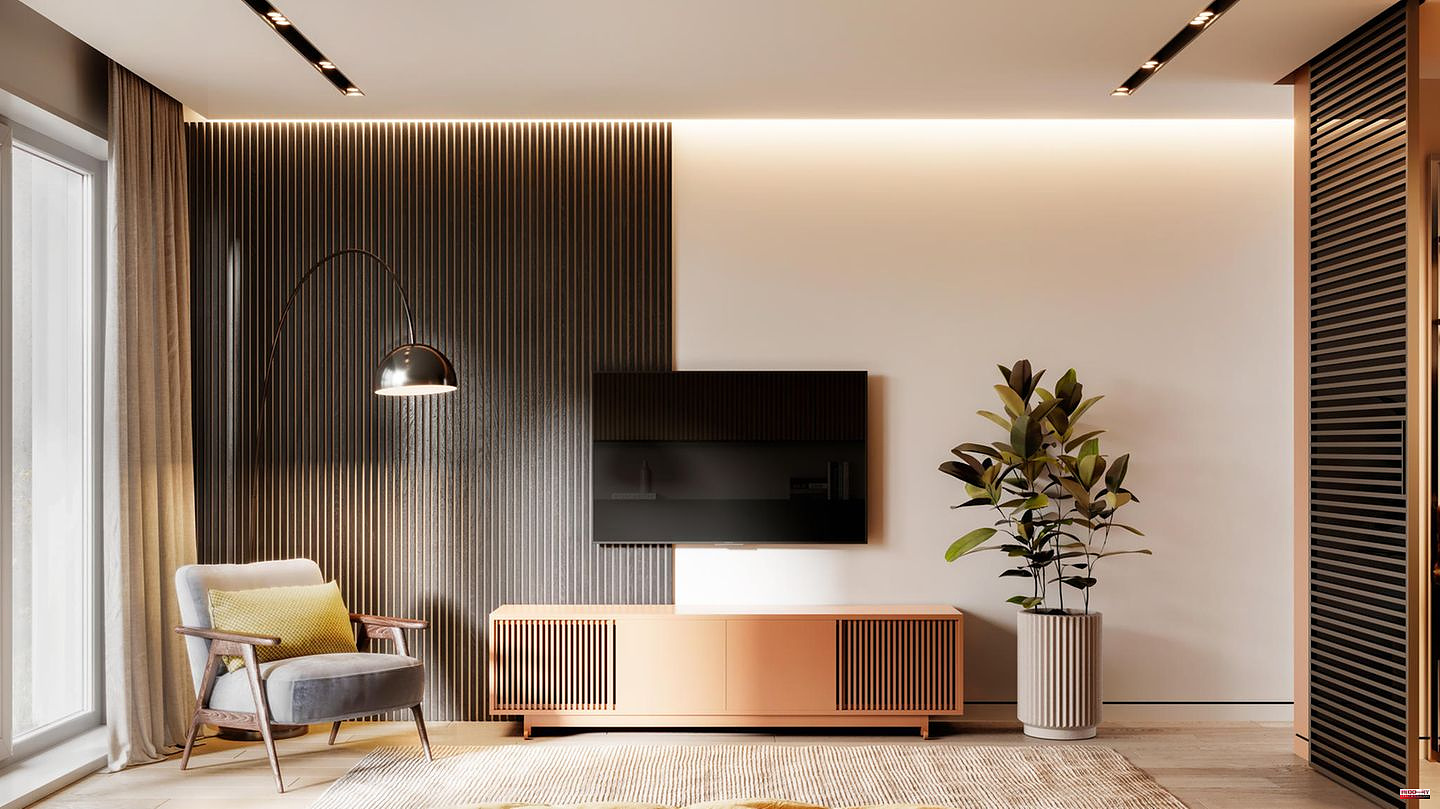If light comes out of niches or behind walls, it has a particularly pleasant and cozy effect because it does not flood the room directly with brightness. So-called indirect lighting relies on light sources that cannot be seen but are hidden behind a screen or panels. The detour ensures that the light is strongly scattered in all directions. The effect: no hard shadows and contrasts. Indirect light therefore makes rooms appear warmer and cozier.
Indirect light can come from various lighting concepts. The classic light sources are:
Indirect light sources should never be the only source in a room, because the soft light is more pleasant, but cannot illuminate the entire area brightly. In particular, rooms such as the kitchen should also have a ceiling spotlight that can adequately illuminate the cooking and work surfaces.
If you use indirect light, it is best to combine it and switch it on when the mood and occasion require it. In practice, it could look like this: When cooking, a ceiling light is also used in the kitchen for a better view — practical LED strips can then be used for indirect, cozy lighting, which illuminate the kitchen cabinets from the inside. The same applies to the living room, from time to time a ceiling light is also useful here, but can be ideally supplemented with indirect light sources. LED strips behind the television or suspended ceilings are popular. In the hallway, in addition to spotlights from above, wall lights with screens that illuminate the hallway sufficiently in the evening hours, but do not dazzle, are also good.
This article contains so-called affiliate links. There is more information here.












